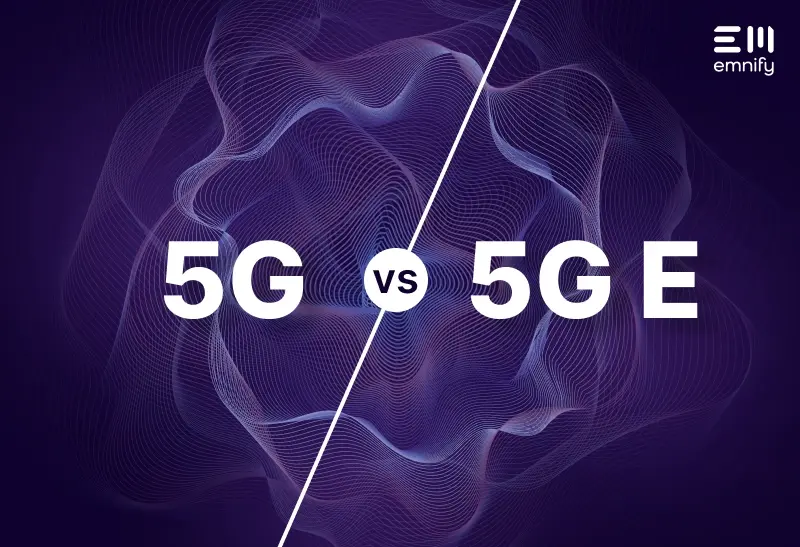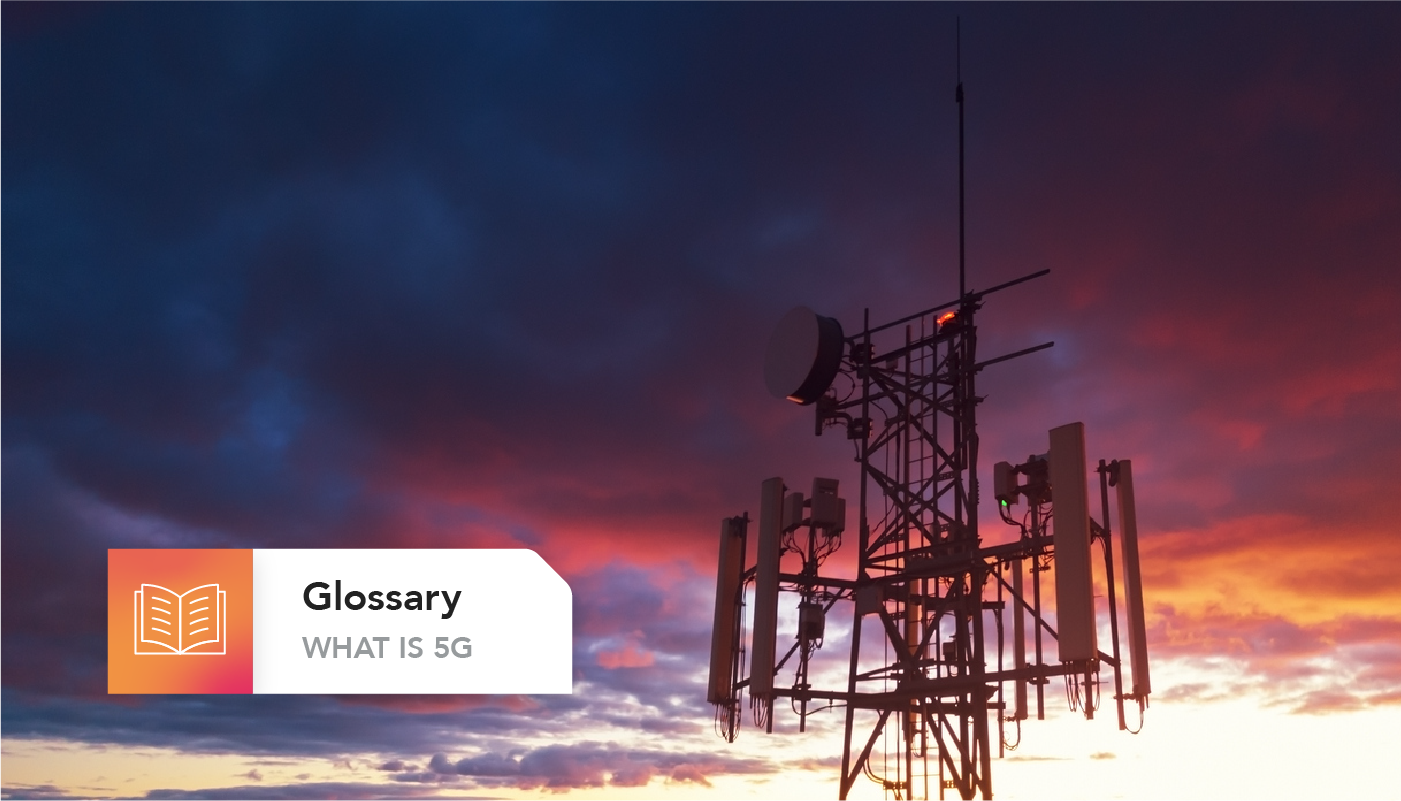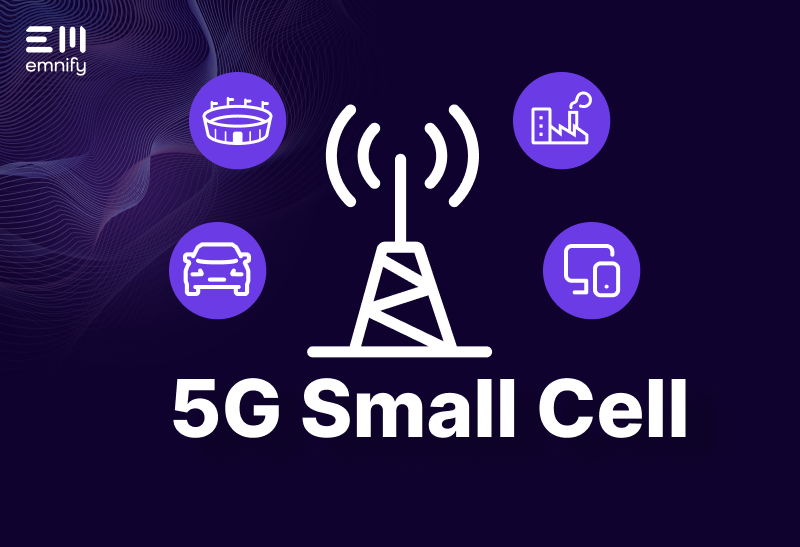

Quick definition: 5G represents the fifth and most advanced generation of cellular network technology, characterized by high data rates, reduced latency, and innovative features such as network slicing for IoT applications.
In contrast, 5G Evolution (5GE) is not a new generation of cellular technology but a branding term used by AT&T for its enhanced 4G LTE network. Despite improvements over standard 4G LTE, 5GE does not conform to true 5G standards in terms of speed or functionality.
The 5G landscape is primarily segmented into Non-Standalone (NSA) and Standalone (SA) architectures. The prevalent NSA infrastructure utilizes existing 4G networks, offering improved speeds. However, it is the SA 5G that represents a major leap forward, particularly for IoT, due to its support for network slicing—enabling customized network capabilities for diverse applications.
This distinction is not merely academic; it has practical implications for businesses and consumers alike. Understanding the capabilities and limitations of each is critical for making informed decisions in an evolving digital ecosystem.
Let’s examine the factual narrative behind 5GE and the transformative potential of 5G SA, setting the record straight for a clear-eyed view of our connectivity future.
What’s 5GE?
The advent of 5G cellular networks has been a focal point of industry discussion for several years, with the promise to significantly enhance connectivity for businesses and consumers alike.
However, the deployment of 5G Standalone (SA) infrastructure, which offers the full suite of 5G capabilities, is not yet a global reality. Most carriers, with the exception of a few like DISH in the United States and select trials in Asia, have implemented the 5G Non-Standalone (NSA) architecture.
This approach leverages existing 4G LTE networks, thus providing quicker deployment times and improved data speeds, but it does not yet realize the complete transformative potential of 5G. In contrast, the 4G LTE technology, which carriers have refined over a decade, continues to advance and provide reliable service during the transition towards a fully realized 5G SA future.
Diving deeper into cellular network evolution, it is evident that 5G Evolution, or 5GE, does not align with the 5G cellular standard defined by the 3GPP—the global standards body that governs cellular technologies.
This misalignment has led to a misconception that 5GE might be an intermediate enhancement of 5G technology, rather than what it actually is: an iteration of 4G LTE, branded to suggest a closer relationship to 5G.
Furthermore, while 4G LTE Advanced (LTE-A), also known as 4G LTE+, is employed by multiple carriers to enhance their networks, AT&T’s decision to brand this technology as 5GE has muddied the waters. This branding suggests a leap into a new technological generation, whereas in reality, it stands as a refinement of existing 4G standards.
The clarity of communication regarding network capabilities is critical, especially as businesses navigate the transition from the robust 4G LTE they rely on today to the promising yet partially deployed 5G networks of tomorrow.
The difference between 5G and 5GE
5G and 5GE have little in common. In fact, the difference is so stark, it’s easy to see at a glance with a comparison table.

5GE costs less because it’s based on existing infrastructure, doesn’t require new components, and doesn’t provide nearly the same service. It’s slower because it’s based on a less advanced cellular standard and doesn’t include the sophisticated new technology required to make a network 5G. However, due to all of this, it also has significantly better coverage than 5G.
The 5G standard introduces several new capabilities to cellular technology, including mMTC (massive Machine-Type Communication), which is a dedicated IoT solution, and the evolution of LTE-M and NB-IoT. 5G also enables devices to access far more of the radio frequency (RF) spectrum and boasts significantly lower latency.
5GE is certainly an improvement over 4G LTE, but it’s not 5G.
What 5G means for IoT
The addition of 5G to IoT represents a significant shift, with the fifth-gen network set to expand the boundaries of IoT capabilities. IoT manufacturers and service providers must understand the nuances of available connectivity options and the impact they have on device performance and service delivery.
5G technology, particularly in its Standalone (SA) form, is pivotal for IoT due to features like network slicing, which can allocate a unique portion of the network to IoT applications, ensuring tailored performance and efficiency. This is a leap from the Non-Standalone (NSA) 5G, which is more common and builds upon existing 4G networks. While 5G NSA offers improved speeds, it does not provide the full breadth of 5G benefits such as ultra-low latency and the ability to handle a massive number of devices simultaneously—elements that are critical for the success of IoT.
Moreover, 5G brings about a more software-centric network architecture, which allows for greater flexibility and control in managing IoT applications. This enables IoT devices to maintain reliable connections and benefit from the real-time data transfer essential for complex tasks, from autonomous vehicles to intricate remote medical diagnostics.
5G-powered smart manufacturing: A use case
One of the most transformative use cases for 5G in IoT is in smart manufacturing. The ultra-reliable, low-latency communication (URLLC) provided by 5G is a game-changer for industrial applications. It enables manufacturers to implement advanced automation and robotics, powered by IoT devices that can communicate in near real-time. This unprecedented speed and reliability facilitate a new level of precision and efficiency on the production line.
In a 5G-powered smart factory, IoT sensors continuously collect data on machine performance, environmental conditions, and production outputs. This data is then analyzed almost instantaneously, thanks to 5G’s low latency. Predictive maintenance algorithms can anticipate equipment failures before they occur, drastically reducing downtime and maintenance costs. Moreover, with 5G’s massive machine-type communications (mMTC) capability, factories can scale up IoT deployments to include thousands of sensors without the fear of network congestion.
Get the coverage you need with emnify
emnify ensures that IoT deployments are 5G-ready, empowering our customers to capitalize on the superior performance and capabilities of 5G networks
Our global IoT SIMs facilitate seamless connectivity, allowing devices to tap into the most efficient network available—be it 4G LTE for widespread coverage or 5G for high-throughput and low-latency applications crucial for modern IoT solutions.
emnify’s SuperNetwork platform stands out by offering a transparent, carrier-agnostic management experience, displaying the precise networking standard each device is using. This approach eliminates any ambiguity around network branding and equips our customers with the tools necessary for real-time, informed connectivity management, fully harnessing the benefits of a 5G-enabled ecosystem.
Start a free trial to get two free test SIMs with 60 days of complete access to our platform. Or, talk to one of our IoT experts, and find out why so many emnify customers say our exceptional service is why they continue partnering with us.
Get in touch with our IoT experts
Discover how emnify can help you grow your business and talk to one of our IoT consultants today!

With a career spanning over 18 years in storytelling and content creation, Bronwyn translates technical concepts and ideas into snackable and easy-to-digest content.


